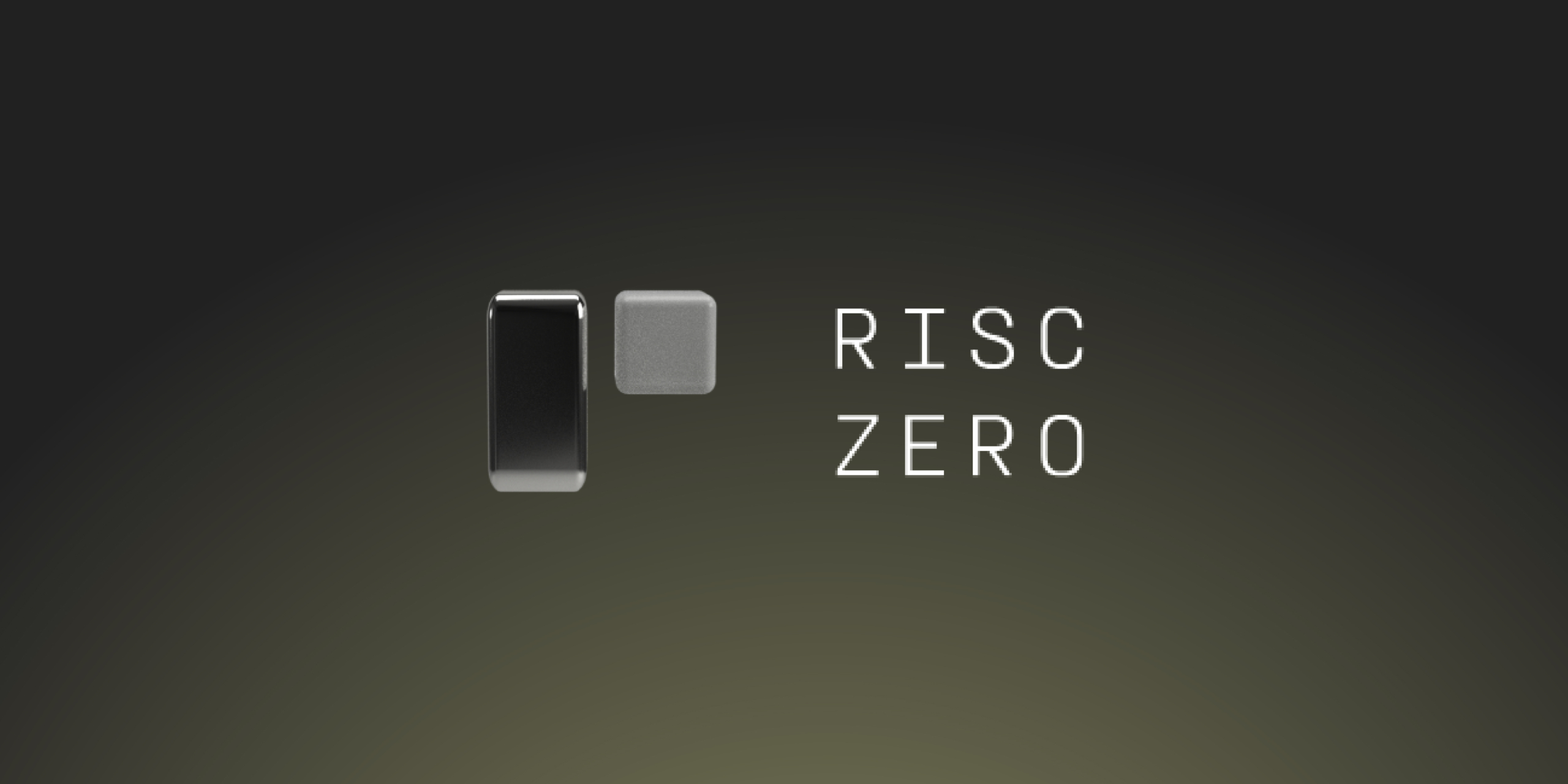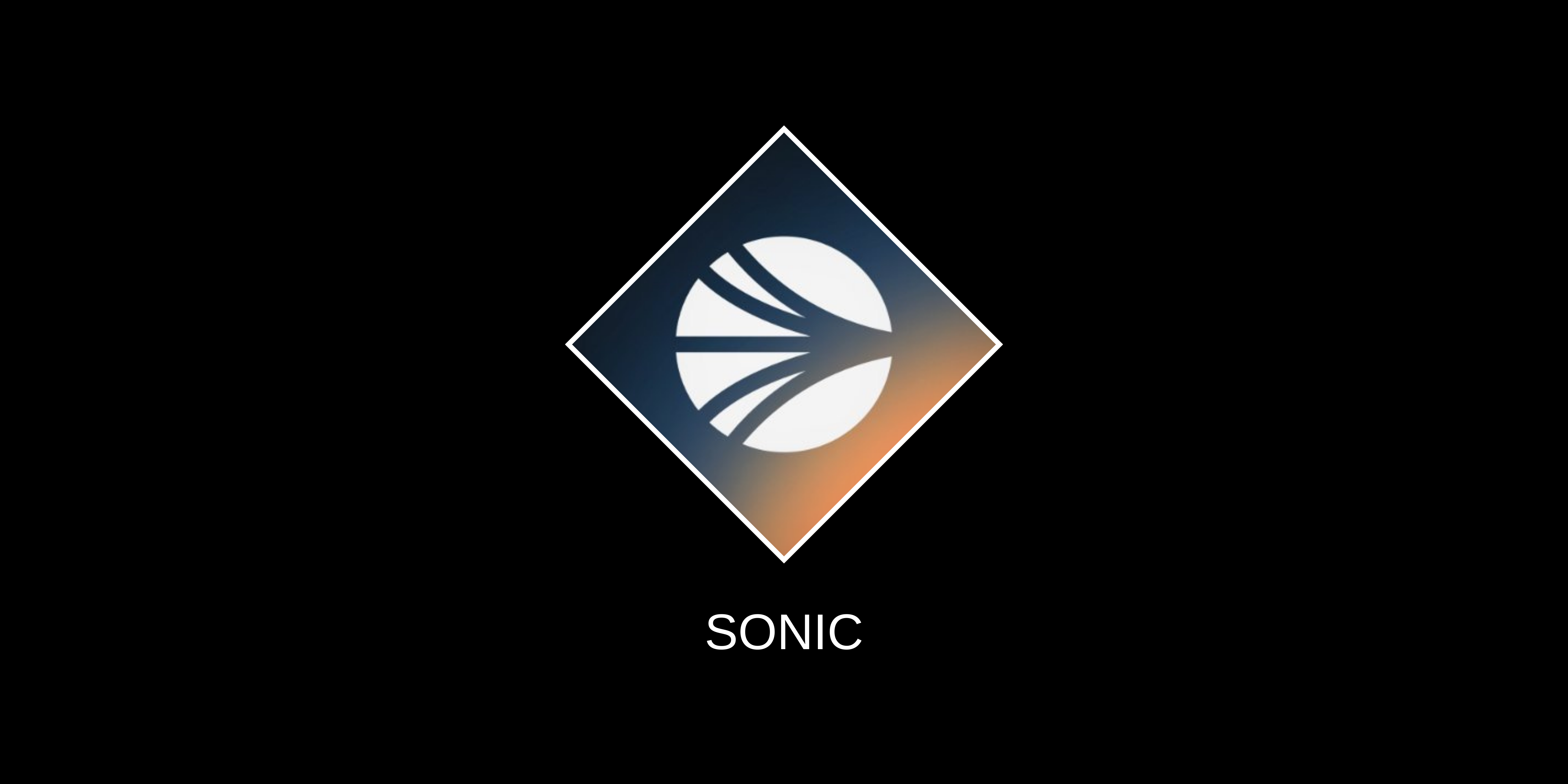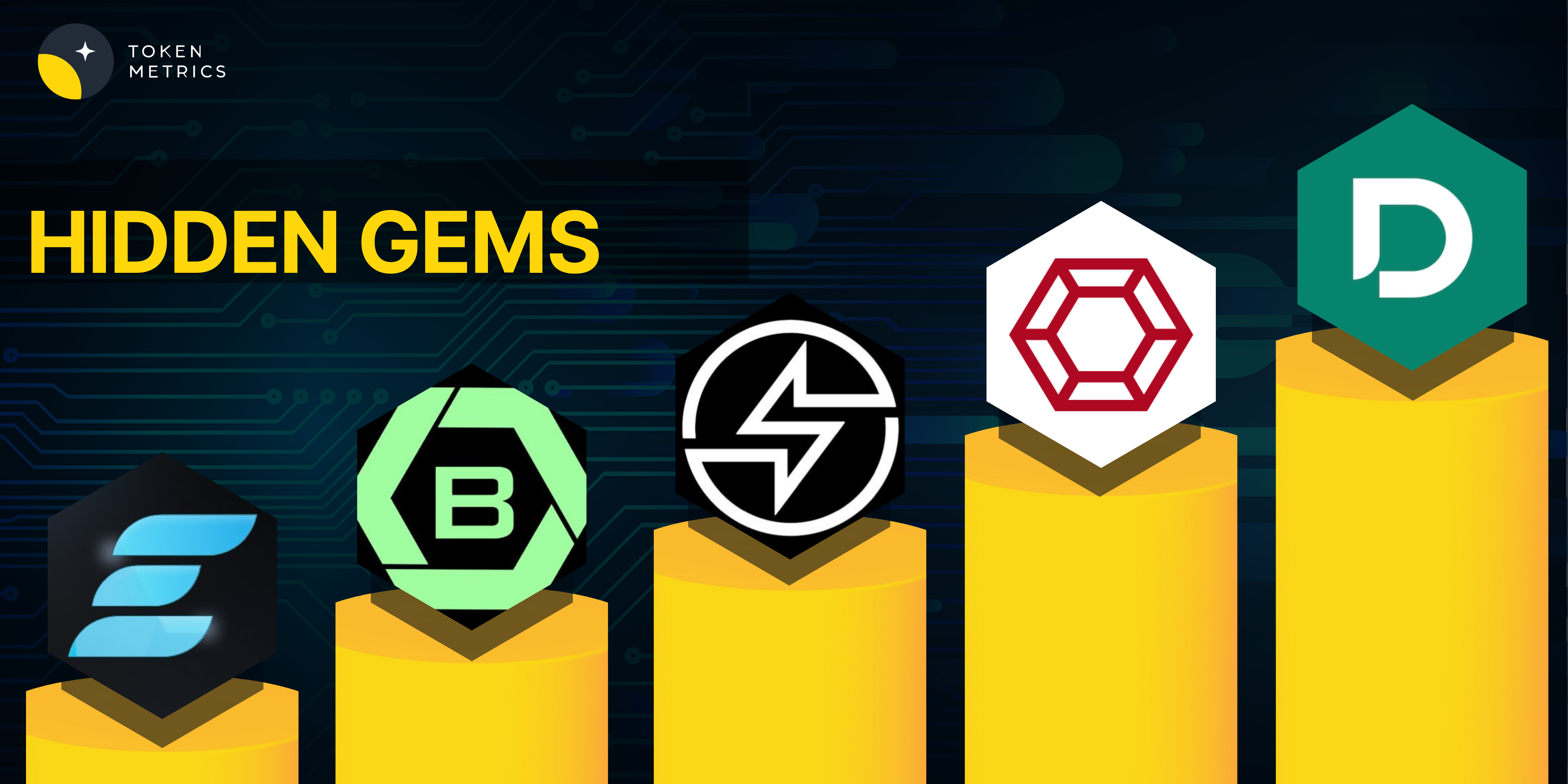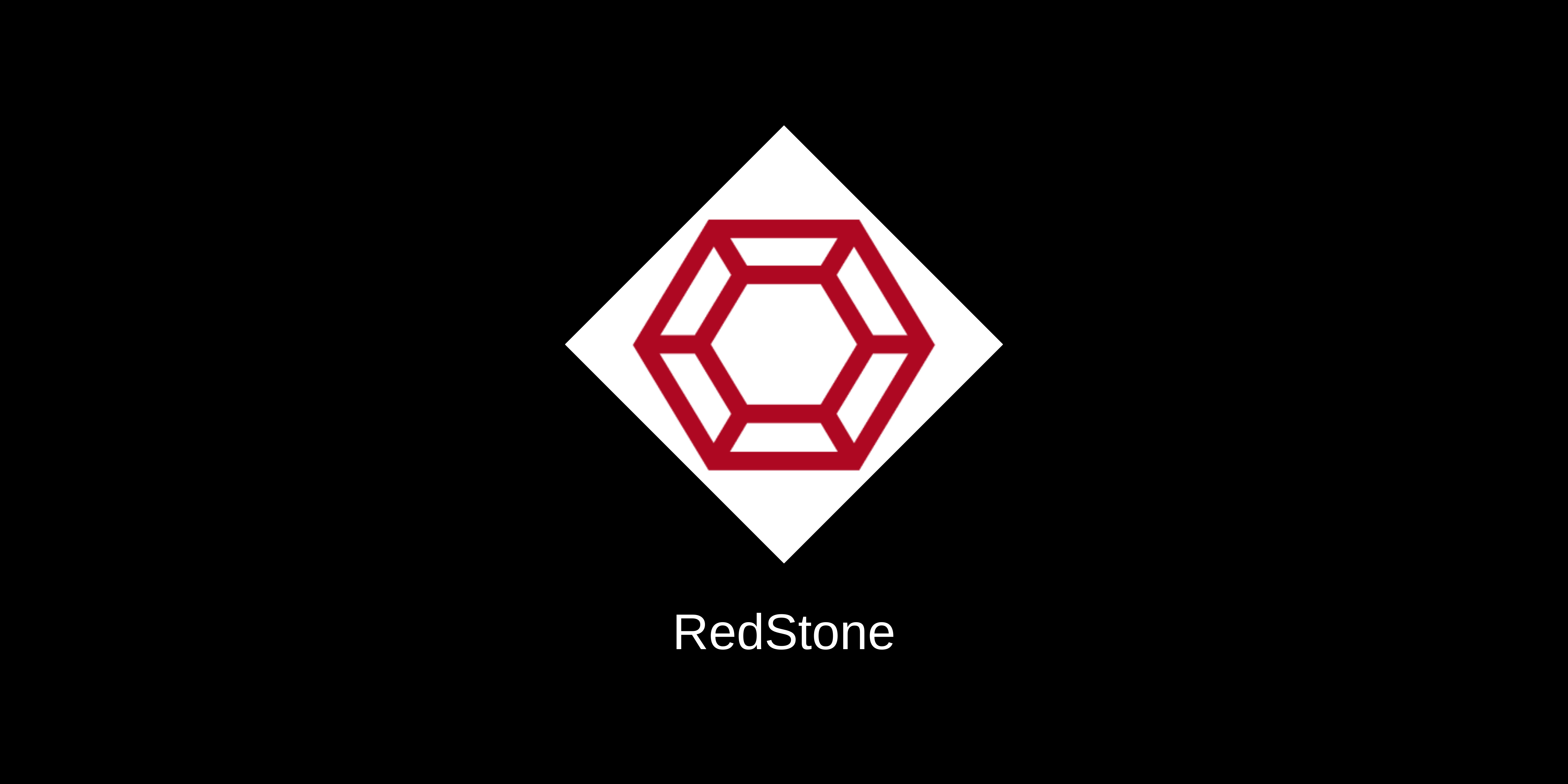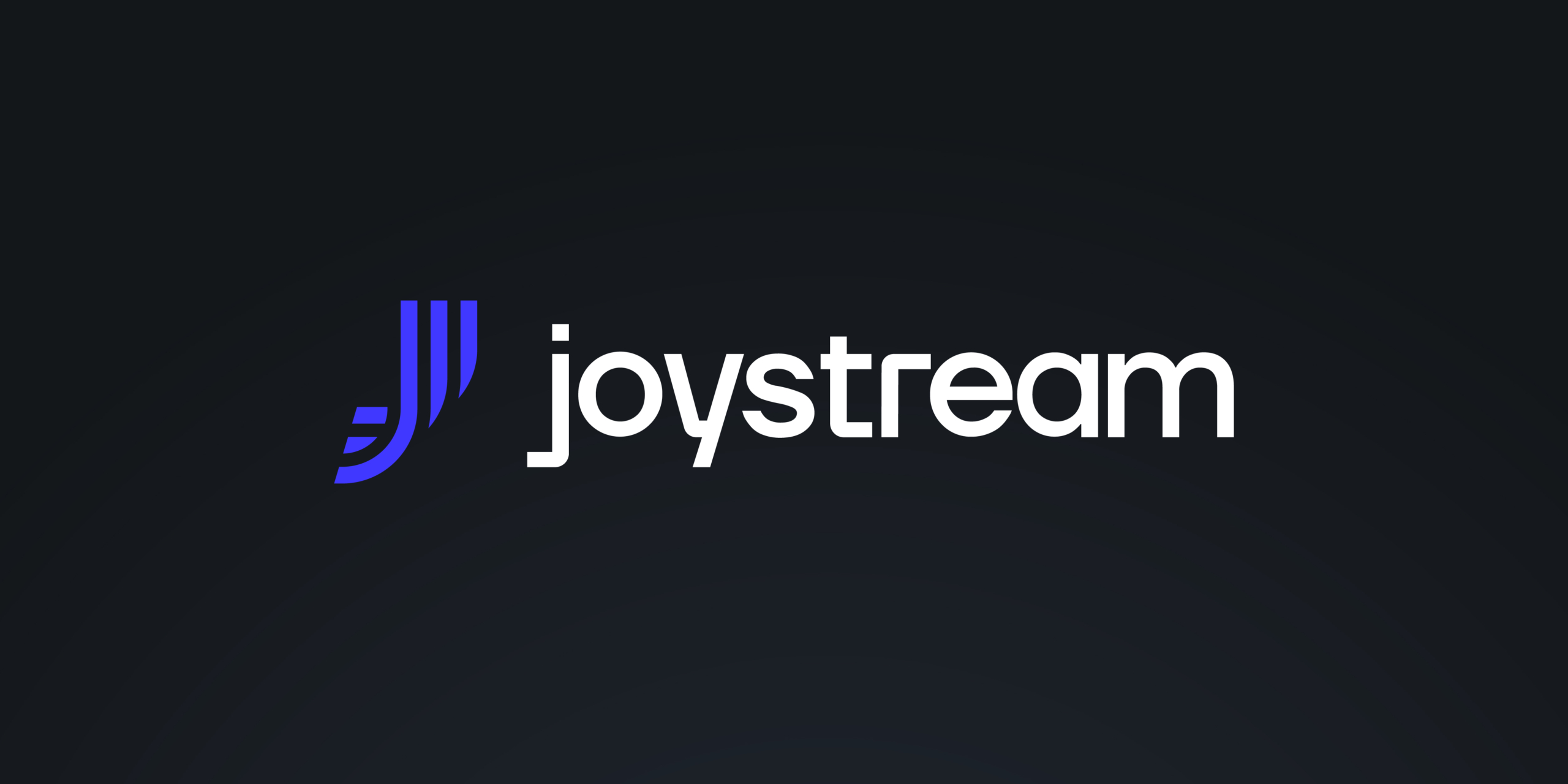Introduction
RISC Zero is poised at the confluence of groundbreaking research in zero-knowledge proofs (ZKP) and the versatility of popular programming languages such as C++ and Rust. Their zero-knowledge virtual machine (zkVM) emerges as a powerful solution that aims to significantly uplift the security standards of distributed applications.
Innovation
ZkVM, the heart of RISC Zero, exemplifies a revolutionary approach to constructing zero-knowledge software applications. At its core, the virtual machine specializes in executing trusted code while simultaneously generating proofs that vouch for the authenticity of its outputs. With its foundation on the RISC-V architecture, the zkVM not only makes the creation of zero-knowledge proofs feasible but also familiar to developers, especially those acquainted with languages compiling to RISC-V, like Rust.
Architecture
The zkVM’s genius is its ability to ensure the verifiability of computations. This means that the output of any computation is accompanied by a cryptographic proof. The proof validates the correct execution and origin of the computation. Thus, a recipient of the output can instantly validate these proofs without the necessity of accessing the underlying data. This architecture advances decentralized applications by reducing their dependence on trusted third parties.
In harmony with the zkVM, Bonsai – a proof service – facilitates any chain, protocol, or application to harness the capabilities of ZK proofs. Designed with scalability in mind, Bonsai can efficiently handle extensive computational tasks.
Code Quality
Digging deeper into the zkVM’s mechanics, upon its execution, it produces a SessionReceipt. This receipt acts as the linchpin, providing a proof of validity for a given Session. Encapsulated within are ZK-STARKs, each of which vouches for an individual Segment, an integral component of zkVM’s computation verification process. Through these cryptographic methodologies, RISC Zero ensures that while sensitive data remains confidential, the accuracy of computations is always upheld, leading to a reinforced security ecosystem.
Product Roadmap
RISC Zero‘s vision is crystal clear – to equip developers with tools that enable the construction of easily verifiable, decentralized applications. Their roadmap emphasizes the increasing potential of technologies that champion privacy, security, and decentralization.
Usability
The usability of RISC Zero’s ecosystem is commendable. By allowing developers to write ZK proofs in familiar languages, such as Rust, RISC Zero reduces the learning curve associated with the application of complex cryptographic technologies. Furthermore, the zkVM’s functionality closely mirrors real embedded RISC-V micro-processors, providing a seamless experience to programmers.
RISC Zero Team
The driving force behind RISC Zero’s innovation is its dedicated team. With a profound understanding of cryptographic techniques, combined with rich experience in software development, the team has managed to sculpt a product that is both advanced and user-friendly.
Conclusion
RISC Zero emerges as a leader in bridging the gap between avant-garde cryptographic research and practical software development. Their zkVM and its supporting systems exemplify a future where trust, privacy, and security become integral to the fabric of distributed applications. As the landscape of decentralized technologies evolves, RISC Zero’s contributions are poised to leave an indelible mark.
| Initial Screening | |||
| Keep researching | |||
| Does this project need to use blockchain technology? | Yes | ||
| Can this project be realized? | Yes | ||
| Is there a viable use case for this project? | Yes | ||
| Is the project protected from commonly known attacks? | Yes | ||
| Are there no careless errors in the whitepaper? | Yes | ||
| Project Technology Score | |||
| Description | Scorecard | ||
| Innovation (Out Of 11) | 8 | ||
| How have similar projects performed? | Medium | 1 | |
| Are there too many innovations? | Regular | 2 | |
| Percentage of crypto users that will use the project? | 6 – 10% | 3 | |
| Is the project unique? | Yes | 2 | |
| Architecture (Out of 12) | 9 | ||
| Overall feeling after reading whitepaper? | Good | 2 | |
| Resistance to possible attacks? | Good | 2 | |
| Complexity of the architecture? | Very complex | 0 | |
| Time taken to understand the architecture? | 20-50 min | 1 | |
| Overall feeling about the architecture after deeper research? | Good | 4 | |
| Has the project been hacked ? | No | 0 | |
| Code Quality (out of 15) | 14 | ||
| Is the project open source? | Yes | 2 | |
| Does the project use good code like C,C++, Rust, Erlang, Ruby, etc? | Yes | 2 | |
| Could the project use better programming languages? | No | 0 | |
| Github number of lines? | More than 10K | 1 | |
| Github commits per month? | More than 10 | 2 | |
| What is the quality of the code? | Good | 2 | |
| How well is the code commented? | Outstanding | 2 | |
| Overall quality of the test coverage? | Good | 1 | |
| Overall quality of the maintainability index? | Outstanding | 2 | |
| When Mainnet (out of 5) | 5 | ||
| When does the mainnet come out? | Mainnet Ready | 5 | |
| Usability for Infrastructure Projects (out of 5) | 5 | ||
| Is it easy to use for the end customer? | Yes | 5 | |
| Team (out of 7) | 6 | ||
| Number of active developers? | 5+ | 2 | |
| Developers average Git Background? | Intermediate | 1 | |
| Developers coding style? | Outstanding | 3 | |
| Total Score (out of 55) | 47 | ||
| Percentage Score | |||
| Innovation | 14.55% | ||
| Architecture | 16.36% | ||
| Code Quality | 25.45% | ||
| Mainnet | 9.09% | ||
| Usability | 9.09% | ||
| Team | 10.91% | ||
| Total | 85.45% |

